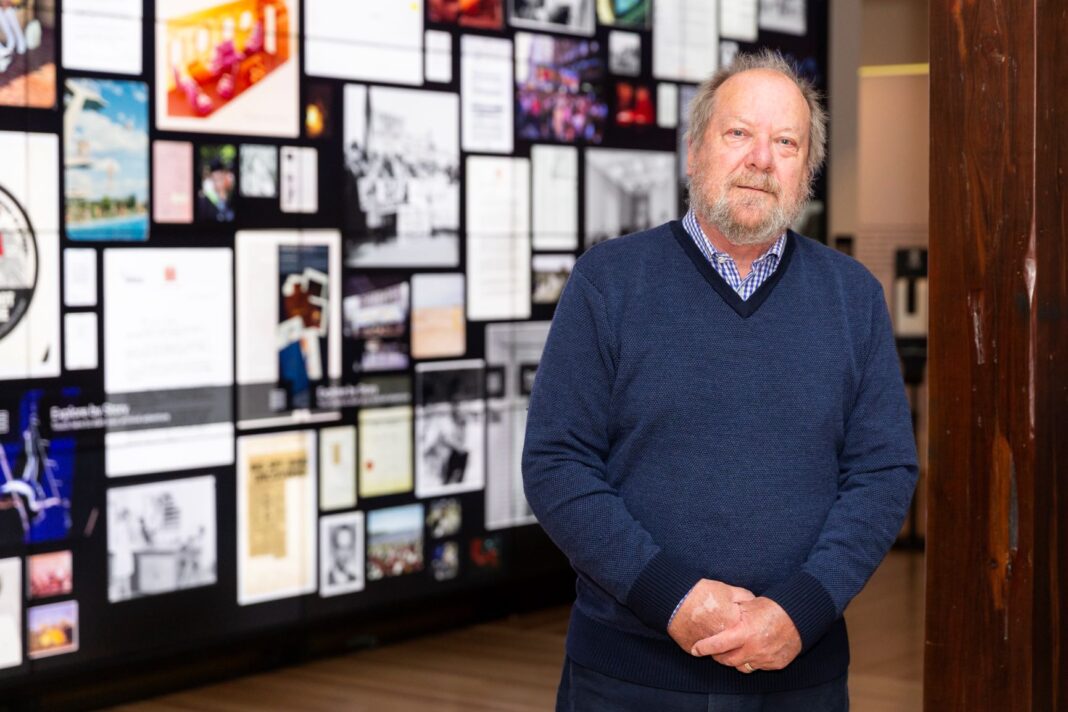Mark Twain said, “History doesn’t repeat itself, but it often rhymes”.
Pandemic is Canberra author Ian Shaw’s new book and, as a non-fiction account of Australia’s handling of the 1919 Spanish flu, it shows history does plenty of both.
If you can believe it, Ian began research for his book last November, before the coronavirus was on our radar.
After eight non-fiction books with a strong military motif, the history-lover went in search of a topic for his next book.
He investigated Australia’s biggest loss-of-life during the 20th century and found after the 60,000 lives lost to WWI and 27,000 to WWII, next was the Spanish Flu pandemic – also known as the pneumonic influenza.
Shocked at his lack of knowledge of the major historical event, he sunk deeply into media reports and the national archives.
In Pandemic, Ian writes that 40% of Australia’s population – five million – had contracted the disease; of those around 15,000 people died.
Since Ian began his book in November, the importance of the lessons learned from Australia’s response to the 1919 pandemic has increased significantly.
Pandemic covers the arrival and incubation of the Spanish flu in Australia and although it wasn’t cruise ships, it was similar.
Infected soldiers on warships returning to Australia through influenza-ravaged sea lanes endured poor conditions onboard and soldier quarantine systems across the country had mixed success.
On at least one sensational occasion, poor military leadership led to a soldier’s coup.
The state-by-state response to the pandemic is eerily similar to 2020 at times and frustrating when seemingly avoidable failures have been repeated.
In 1919, when the country was not quite 20 years into federation, the state battlelines we see today were beginning to emerge.
NSW and Victoria were then and still are the biggest states, with complex borders, a bitter rivalry and Australia’s natural epicentres for infectious disease.
Western Australia and South Australia put all their eggs into the keeping-outsiders-out basket.
Queensland’s response was brutal and poor old Tasmania got ravished.
It’s interesting to read masks were controversial in 1919 – even without the internet.
The Victorian-born author chronicles individual failure and heroism and local leadership that delivered the biggest successes and failures for its community.
Ian’s words come through the lens of his wealth of personal experience as a teacher, public servant, and his involvement modelling natural disasters for insurance companies.
The book has moments that spark hope, but also provides reflection for the loss of Australian innovation, public institutions and confronts our respect for frontline staff.
Established in 1916 to develop medicines and vaccines for the sick and injured post-WWI, the Commonwealth Serum Laboratories was a huge part of Australia’s success in preventing death in 1919; reading about it makes it easy to lament its loss of public ownership.
Many frontline nurses and doctors lost their lives to the Spanish flu – many were volunteers, students or underpaid.
You’ll read tragic stories of individuals in Pandemic, within the context of the broader mess in the caring industry at the time.
Given our current age-care royal commission and coronavirus statistics, you can form your own opinions about the progress we’ve made, how far we have to go and how much we value these workers.



